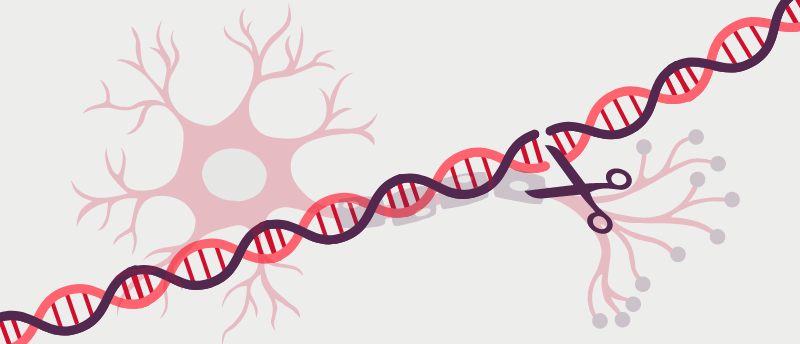Promising results: gene therapy for giant axonal neuropathy shows early benefits

An early-stage clinical trial for a new gene therapy to treat giant axonal neuropathy – a genetic disease affecting children – has demonstrated promising indications that the approach could work.
A recently concluded early-phase clinical trial at the National Institutes of Health (MD, USA) has demonstrated initial signs of success for a new gene therapy for children suffering from giant axonal neuropathy (GAN). The treatment, which is injected directly into the spinal fluid, could help to slow the progression of GAN and reduce its clinical symptoms.
GAN is a rare, inherited genetic disease that usually manifests itself in early childhood. It is caused by a dysfunctional copy of the GAN gene which confers an inability to break down neurofilaments – the major structural component of axons. Neurofilaments therefore accumulate in the axon, giving it a bloated or ‘giant’ appearance.
This disorganization of structure interrupts the axon’s function which impedes the ability of motor and sensory neurons to communicate with one another, causing a steep loss of motor function. Patients typically require a wheelchair by 8 or 9 years old, with subsequent declines leaving them with little or no use of their arms and legs. In the latter disease stages, patients are often left unable to breathe independently and life expectancy tends to be less than 30.
Whilst there is no current cure for the disease, gene therapies are emerging as a promising avenue for treatment. Researchers at the National Institutes of Health have conducted a first-in-human clinical trial, which tested the novel gene therapy in 14 patients aged 6–14 suffering from GAN. Participants received varying doses of the gene therapy product, scAAV9/JeT-GAN, administered via direct injection into the spinal fluid.
Administration into the spinal fluid, rather than intravenously, allows for a lower dose and reduces the likelihood of an immune response that could prevent the gene therapy from working. Four dose levels were tested, based on data estimated from results of previous animal studies.
Although the data from this study can only be taken as an early indication of the gene therapy’s effects, the treatment appeared to have a passable safety profile, with only one possibly attributable serious adverse event (a fever) alongside a number of less serious side effects, such as headaches, back pain and heart arrhythmia. Excitingly, the gene therapy also demonstrated early signs of success. Six of the patients regained sensory nerve function following treatment, with the probability of slower motor decline increasing with higher dosage levels.
“One striking finding in the study was that the sensory nerves, which are affected earliest in GAN, started ‘waking up’ again in some of the patients,” elaborated Carsten Bonnemann, senior author on the paper. “I think it marks the first time it has been shown that a sensory nerve affected in a genetic degenerative disease can actually be rescued with a gene therapy such as this.”
Research into scAAV9/JeT-GAN gene therapy is set to continue with a focus on establishing the treatment’s safety and efficacy, and whether it would be more impactful if given to patients at earlier stages of disease.
You may also like:
 Testing gene therapies on whole human livers
Testing gene therapies on whole human livers
Researchers have used a whole human liver as a model for testing adeno-associated virus-based gene therapies.